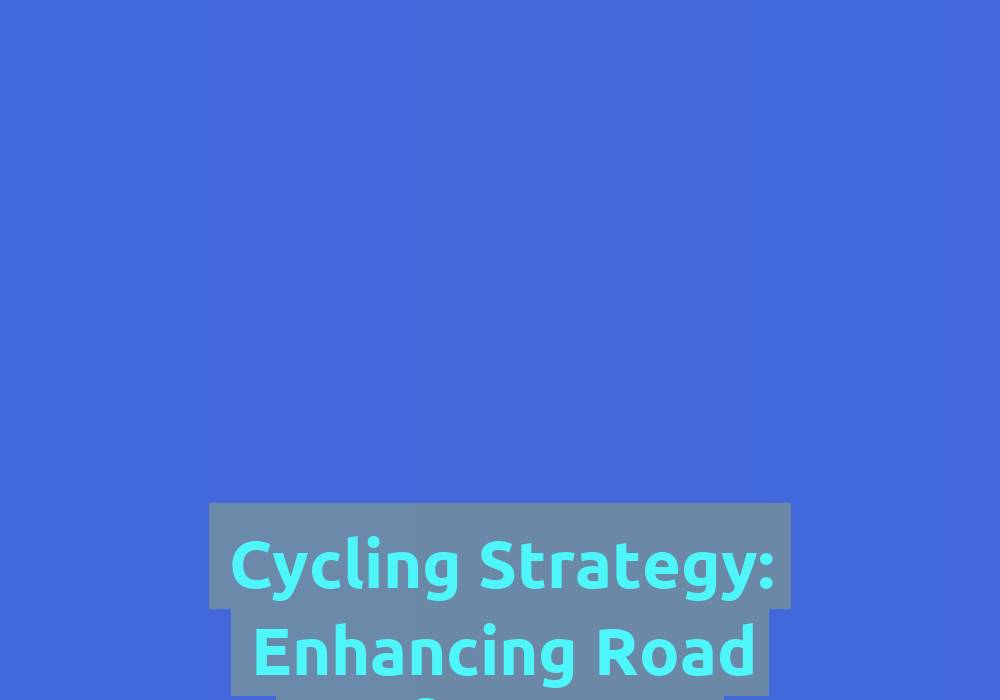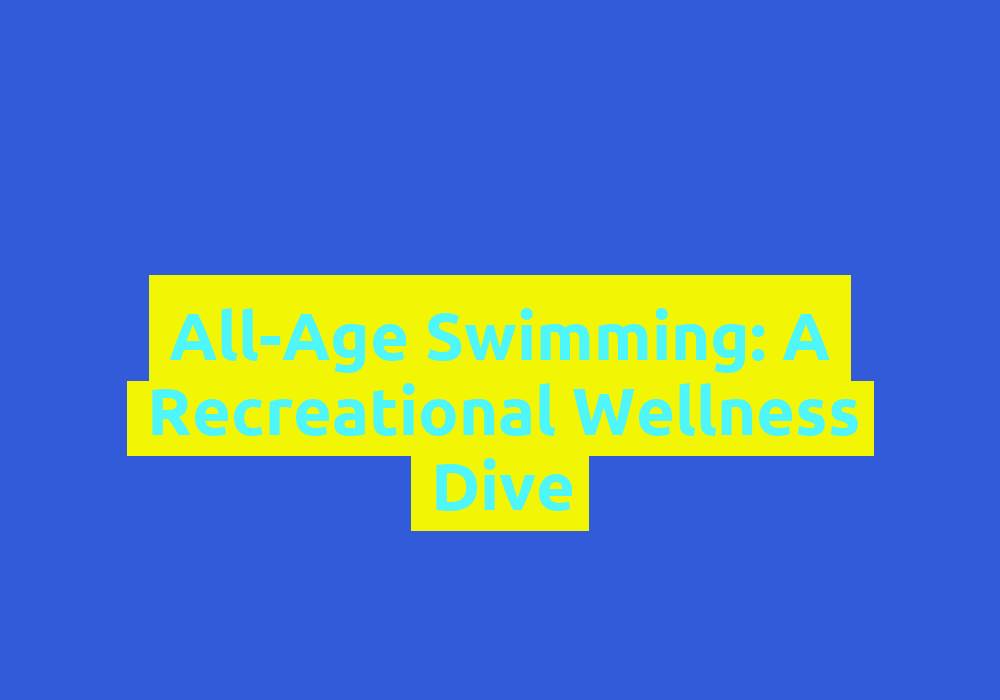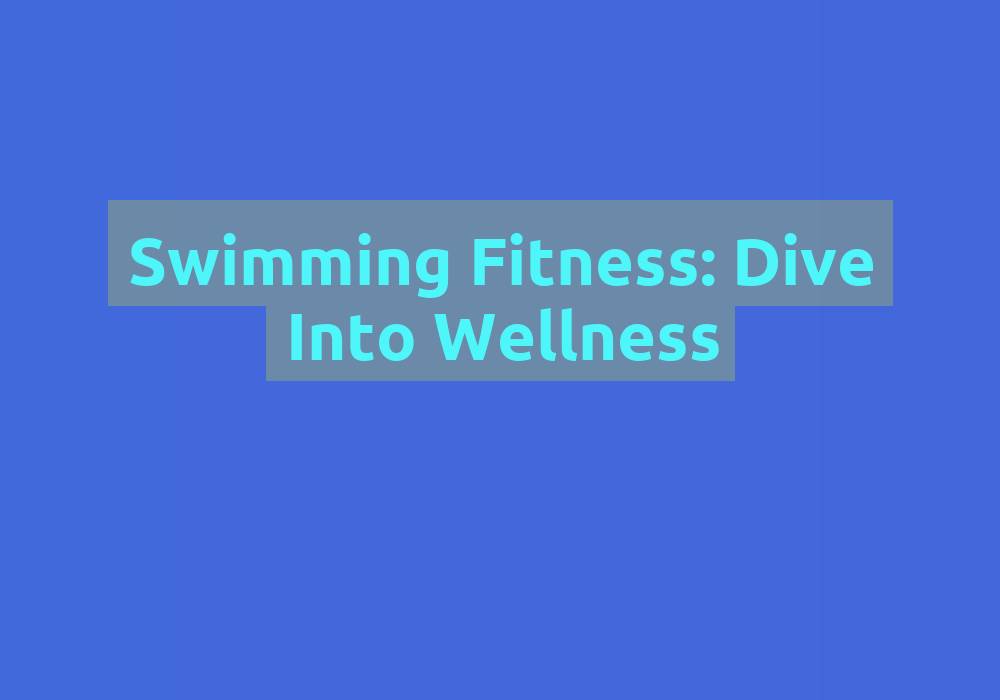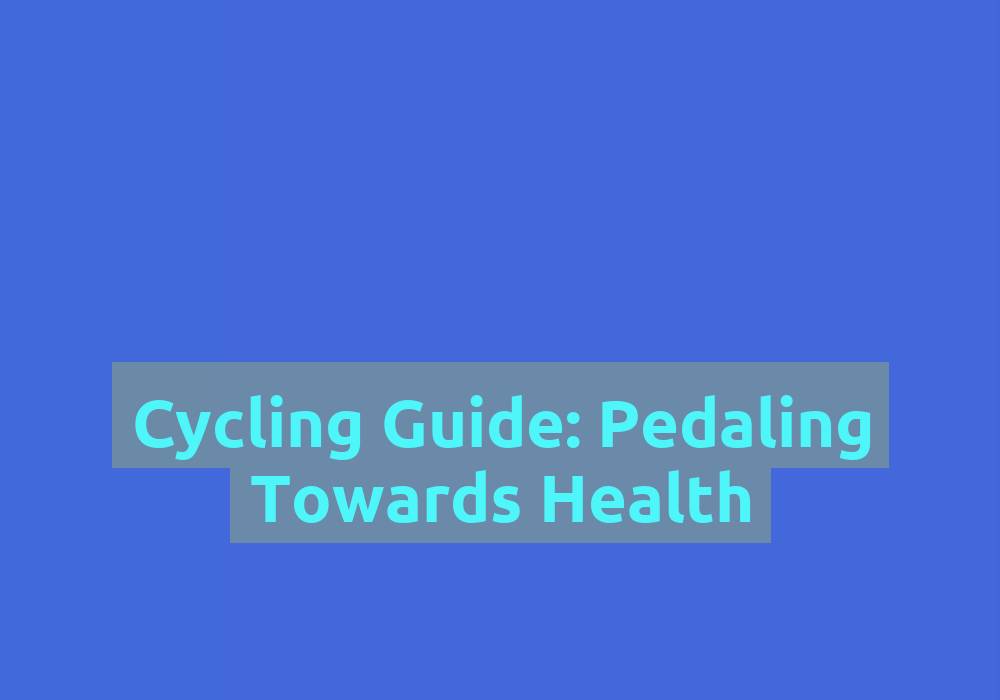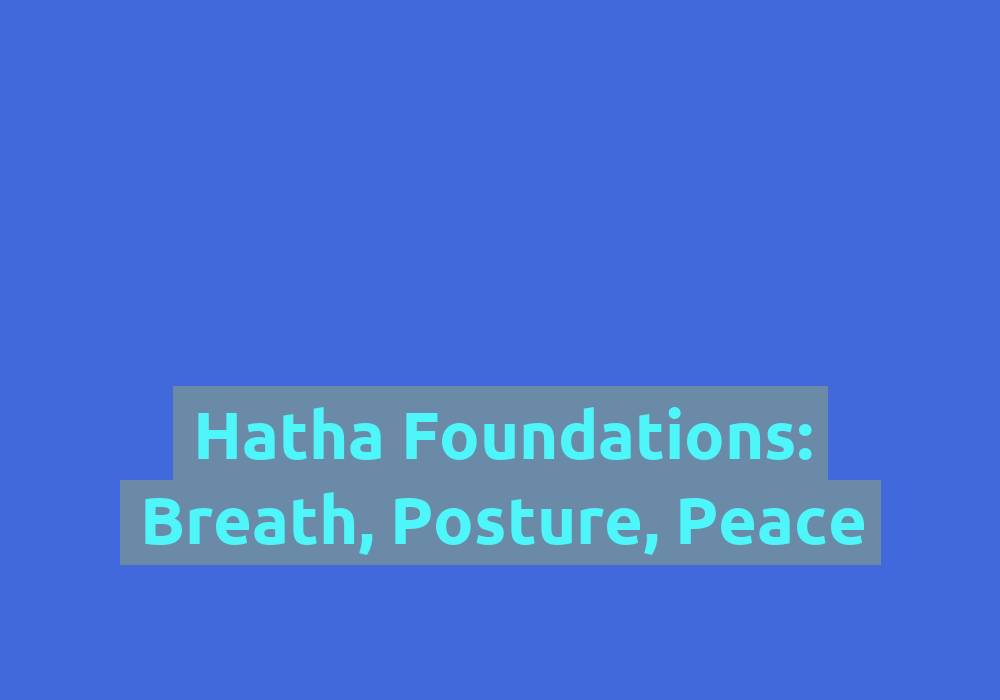Perfecting the Stroke: A Lap Swimming Primer
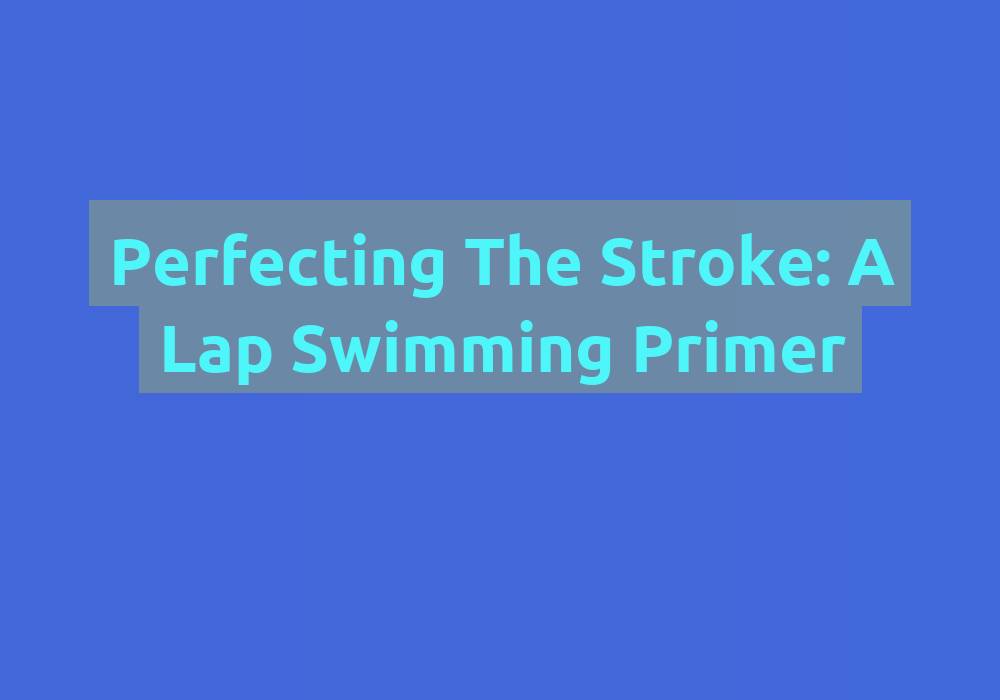
Lap swimming is a fantastic exercise that offers numerous health benefits and is enjoyed by people of all ages and fitness levels. Whether you are a beginner or an experienced swimmer looking to improve your technique, this lap swimming primer will guide you towards perfecting your stroke and enhancing your swimming performance.
Benefits of Lap Swimming
Before diving into the details of perfecting your stroke, let’s explore some of the incredible benefits that lap swimming has to offer:
- Full-Body Workout: Lap swimming engages multiple muscle groups simultaneously, providing an excellent full-body workout. It helps strengthen and tone your arms, shoulders, back, core, and leg muscles.
Swimming is a unique form of exercise because it utilizes the entire body. Unlike many other activities that focus on specific muscle groups, lap swimming engages multiple muscles simultaneously. The repetitive movement of the arms and legs against the resistance of the water builds strength and endurance in the upper and lower body. It also targets muscles in the core, which helps improve stability and balance in the water.
- Low-Impact Exercise: Swimming is low-impact, making it gentle on your joints while still providing an intense cardiovascular workout. This makes it a great option for individuals with joint pain or those recovering from injuries.
One of the key advantages of lap swimming is its low-impact nature. Unlike activities such as running or weightlifting, swimming puts minimal stress on the joints. The buoyancy of the water supports the body, reducing the impact on the knees, ankles, and hips. This makes lap swimming an ideal exercise for individuals with joint pain or those recovering from injuries. It allows them to engage in a rigorous cardiovascular workout without exacerbating their condition.
- Improved Cardiovascular Health: Swimming regularly increases your heart rate, improving cardiovascular endurance and promoting a healthy heart.
Swimming is an excellent cardiovascular exercise that gets the heart pumping and the blood flowing. By swimming laps consistently, you can improve your cardiovascular endurance, which is the ability of your heart and lungs to deliver oxygen to the muscles efficiently. Regular lap swimming can also help lower blood pressure and reduce the risk of heart disease, stroke, and other cardiovascular conditions.
- Weight Management: Swimming is an effective calorie-burning activity that aids in weight loss and weight management. It helps burn calories while building lean muscle mass.
If weight management is your goal, lap swimming can be an excellent addition to your fitness routine. Swimming is a highly effective calorie-burning exercise that can help you shed unwanted pounds. It is estimated that swimming at a moderate pace can burn around 500-650 calories per hour. Additionally, swimming also helps build lean muscle mass, which can further boost your metabolism and contribute to weight loss and weight management.
- Reduced Stress: The rhythmic movement and water immersion of swimming have a calming effect, reducing stress levels and promoting mental well-being.
Swimming is not only beneficial for the body but also for the mind. The rhythmic movement of swimming combined with the soothing properties of water can have a profound effect on reducing stress levels. The weightlessness experienced in the water creates a sense of relaxation and promotes mental well-being. Swimming can be a great way to unwind and destress after a long day, allowing you to escape from the pressures of daily life.
Now that we understand the immense benefits of lap swimming, let’s delve into the techniques and tips to perfect your stroke.
1. Warm-Up and Stretching
Before starting your lap swimming session, it’s crucial to warm up your muscles and perform some stretching exercises. This helps prevent injuries and prepares your body for the upcoming swim. Focus on stretching your shoulders, arms, back, and legs.
To ensure a safe and effective lap swimming session, it is important to properly warm up your muscles and loosen up your joints. Begin with some light aerobic exercises such as jogging or jumping jacks to increase your heart rate and warm up your body. Afterward, focus on stretching the major muscle groups involved in swimming, including the shoulders, arms, back, and legs. Perform dynamic stretches, such as arm swings and leg swings, to improve flexibility and range of motion. This will help prepare your body for the physical demands of lap swimming and reduce the risk of injury.
2. Body Position and Streamlining
Maintaining the correct body position is essential for efficient lap swimming. Follow these guidelines to optimize your body position:
- Keep your body horizontal and parallel to the water’s surface.
- Engage your core muscles to maintain stability.
- Avoid sinking or lifting your hips too high.
- Create a streamlined shape by extending your body fully.
Achieving the right body position in the water is crucial for minimizing drag and maximizing efficiency. To maintain a horizontal and parallel position to the water’s surface, focus on keeping your body straight and elongated. Engage your core muscles to maintain stability and prevent your hips from sinking or lifting too high. This will help maintain a streamlined shape, reducing resistance and allowing you to glide through the water with ease. Imagine yourself as a long, straight arrow cutting through the water.
To further enhance your streamlining, extend your body fully by reaching forward with your arms and stretching your legs behind you. This elongated position reduces turbulence and drag, enabling you to swim faster and more efficiently. Practice maintaining this body position throughout your entire swim, from the moment you enter the water to the completion of each stroke.
3. Breathing Techniques
Proper breathing techniques are vital to maintain a consistent stroke rhythm and avoid oxygen depletion. Follow these tips for effective breathing:
- Exhale forcefully through your nose and mouth underwater.
- Inhale quickly and deeply to the side, rotating your head slightly.
- Time your breaths with your stroke, finding a comfortable pattern.
- Practice bilateral breathing (alternating sides) for better balance and symmetry.
Breathing efficiently is a key aspect of lap swimming, as it ensures a continuous supply of oxygen to your working muscles. While swimming, it is crucial to exhale forcefully through your nose and mouth underwater to clear out the carbon dioxide from your lungs. This will allow you to take in a quick and deep breath when you rotate your head to the side. As you rotate your head, aim to inhale quickly and deeply, filling your lungs with fresh oxygen.
It is important to time your breaths with your stroke, finding a comfortable pattern that works for you. Some swimmers prefer to take a breath every two strokes, while others may find a three-stroke or four-stroke pattern more suitable. Experiment with different breathing patterns during your practice sessions to determine what feels most natural and allows you to maintain a consistent rhythm.
Additionally, practicing bilateral breathing, which involves alternating breathing to both sides, can improve balance and symmetry in your stroke. This technique ensures that you are evenly working both sides of your body and can help prevent muscle imbalances. Incorporate bilateral breathing into your training routine by consciously switching the side you breathe on during each lap or set.
4. Arm Stroke Technique
Mastering the arm stroke technique is crucial for efficient lap swimming. Here’s a breakdown of the arm stroke:
- Entry: Extend one arm forward, entering the water with a slightly cupped hand.
- Catch: As your hand enters the water, extend your arm and engage your shoulder and back muscles. Your hand should point towards your feet.
- Pull: Pull your arm backward, bending your elbow and generating propulsion.
- Push: As your arm reaches your hip, push the water backward, extending your arm fully.
- Recovery: Recover your arm by lifting it out of the water, keeping it relaxed and close to your body.
The arm stroke technique involves a series of coordinated movements that propel you through the water. To execute an effective arm stroke, begin by extending one arm forward, entering the water with a slightly cupped hand. This entry position allows for a smooth and efficient transition into the catch phase.
As your hand enters the water, extend your arm fully and engage your shoulder and back muscles to initiate the catch. The catch is the phase where you establish a solid grip on the water and begin generating propulsion. Your hand should be pointing towards your feet as you enter the catch.
Next, pull your arm backward, bending your elbow and maintaining a high elbow position. This generates the majority of the propulsion, driving your body forward through the water. Focus on engaging your back and shoulder muscles during this phase to maximize power and efficiency.
As your arm reaches your hip, transition into the push phase. Push the water backward with your palm, extending your arm fully. This propels your body forward and sets you up for the recovery phase.
The recovery phase involves lifting your arm out of the water, keeping it relaxed and close to your body. This minimizes resistance and allows for a quick and efficient transition into the next stroke cycle. Repeat this arm stroke technique with the opposite arm, maintaining a smooth and continuous motion throughout your swim.
5. Kick Technique
Efficient leg kicking helps maintain balance and propulsion. Focus on the following elements of the kick technique:
- Leg Position: Keep your legs relatively straight, with a slight bend at the knees.
- Ankle Flexibility: Point your toes slightly, ensuring flexibility and a large surface area for propulsion.
- Kick Rhythm: Kick from the hips, using small, quick movements rather than large, sweeping motions.
- Synchronization: Coordinate your kick with your arm strokes to maintain a smooth, rhythmic swim.
The kick technique plays a significant role in maintaining balance and propulsion in lap swimming. To optimize your kick, keep your legs relatively straight with a slight bend at the knees. Avoid excessive knee bending, as this can create drag and impede forward motion.
Ensure that your ankles remain flexible and your toes are pointed slightly. This helps create a larger surface area for propulsion, allowing you to push against the water more effectively.
When executing your kick, focus on generating movement from your hips rather than your knees. Use small, quick movements instead of large, sweeping motions. This will help conserve energy and maintain a smooth and rhythmic swim. Proper synchronization between your kick and arm strokes is essential for achieving an efficient and balanced stroke. Coordinate the timing of your kick with each arm pull to ensure a continuous and coordinated movement through the water.
6. Turn Techniques
When swimming laps, efficient turns are essential for maintaining momentum and saving time. Here’s how to execute a proper turn:
- Approach: As you approach the wall, maintain your speed and place one arm above your head.
- Flip: Perform a somersault-like flip, tucking your knees towards your chest while maintaining a streamlined position.
- Push-Off: Extend your arms forward as you push off the wall with your feet, propelling yourself back into the swim.
- Glide: After the push-off, glide for a moment before resuming your strokes. This allows you to maintain momentum.
Executing proper turns is crucial for maintaining your speed and efficiency during lap swimming. As you approach the wall, maintain your speed and place one arm above your head. This arm position helps you maintain a streamlined shape as you initiate the turn.
To execute the flip turn, perform a somersault-like motion, tucking your knees towards your chest while maintaining a streamlined position. This allows you to change direction quickly and efficiently. As you complete the flip, extend your arms forward and push off the wall with your feet, propelling yourself back into the swim.
After the push-off, take a moment to glide in a streamlined position before resuming your strokes. This brief glide allows you to maintain the momentum gained from the push-off and set yourself up for a strong start to the next lap.
By mastering efficient turn techniques, you can minimize the time spent at the wall and maintain a continuous and smooth swimming motion.
Conclusion
By following these tips and techniques, you can perfect your stroke and enhance your lap swimming experience. Remember to practice regularly, maintain a consistent rhythm, and gradually increase your swimming distance and intensity. With dedication and persistence, you’ll soon reap the incredible physical and mental benefits that lap swimming has to offer.
So, jump into the pool, perfect your stroke, and enjoy the invigorating world of lap swimming!
- What are the benefits of lap swimming?
- Lap swimming offers a full-body workout, is a low-impact exercise, improves cardiovascular health, aids in weight management, and reduces stress levels.
- How should I warm up before a lap swimming session?
- Before starting your lap swimming session, it is important to warm up your muscles and perform stretching exercises. Focus on stretching your shoulders, arms, back, and legs.
- What is the correct body position for efficient lap swimming?
- To maintain a correct body position, keep your body horizontal and parallel to the water’s surface, engage your core muscles for stability, avoid sinking or lifting your hips too high, and create a streamlined shape by extending your body fully.
- What are some tips for proper breathing techniques during lap swimming?
- To breathe efficiently while swimming, exhale forcefully through your nose and mouth underwater, inhale quickly and deeply to the side, time your breaths with your stroke, and practice bilateral breathing (alternating sides) for better balance and symmetry.


